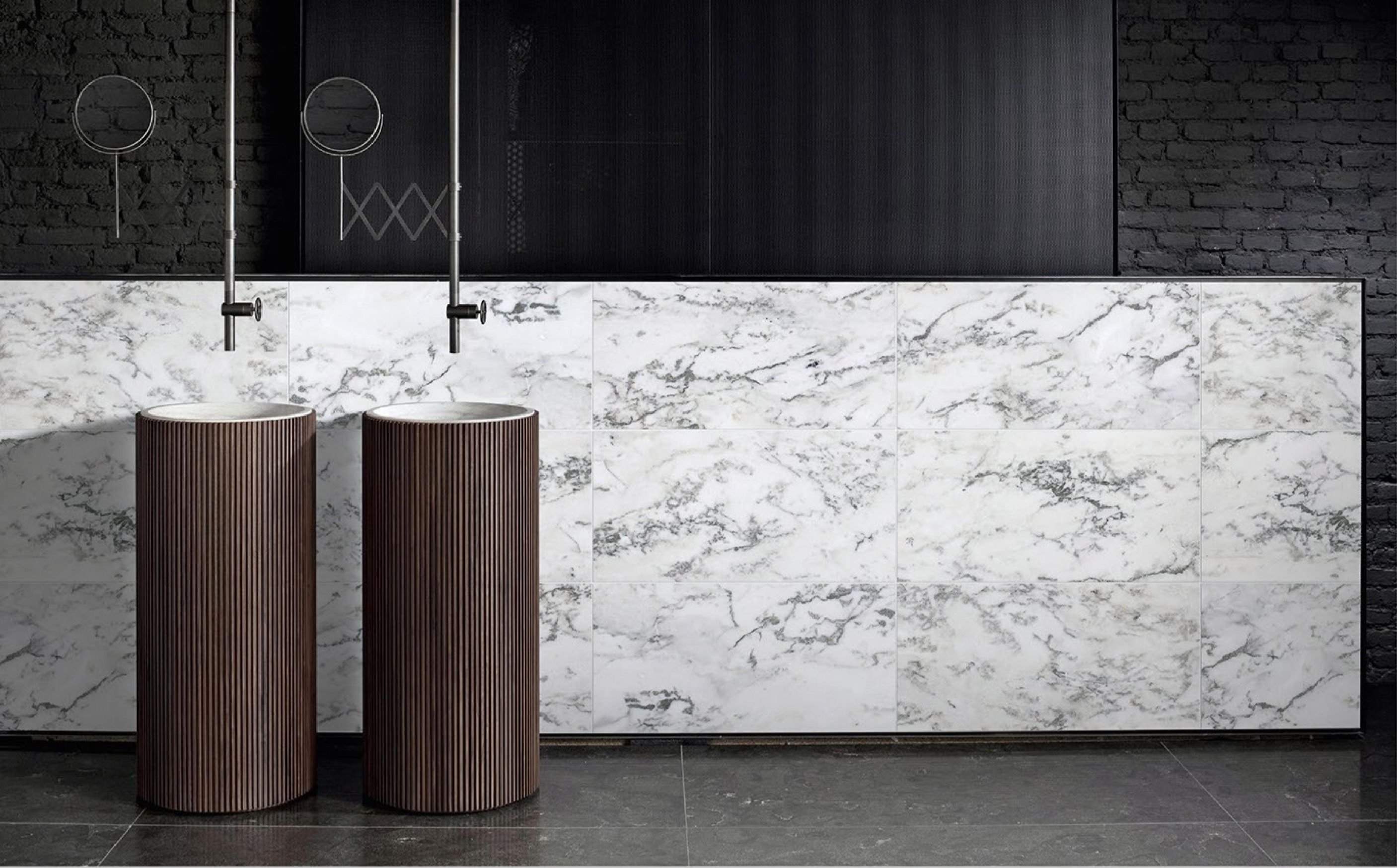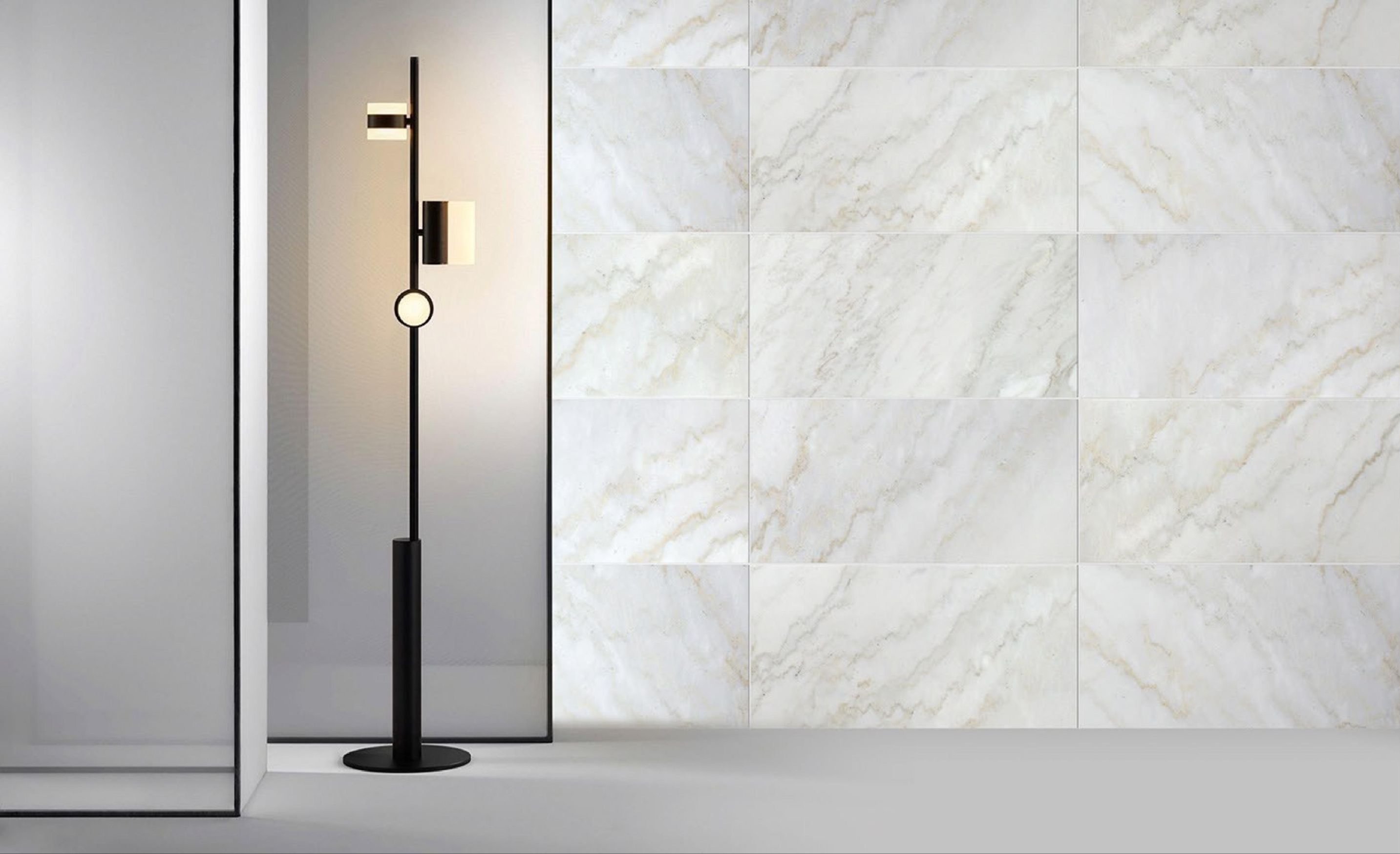NEWS CENTER
news center
The annual output of raw materials is 150000 tons, and the area of plates is 1000000 square meters. Grain products often have more than 150000 square meters of materials in stock
One article: Understand the four classifications of stone (Part I)
Release time:
2023-01-16
The types of stone commonly used today are divided into four categories: sedimentary rock, metamorphic rock, igneous rock and artificial stone.
1. Sedimentary rocks
Sedimentary rocks are debris from organisms such as glaciers, rivers, winds, oceans and plants, deposited to form rock deposits, and consolidated over millions of years of high temperature and pressure.
1. Limestone: The main mineral component is calcite. Mineral particles and crystal structures are rare, and the surface is smooth and small granular. Hardness varies, some dense limestone can be polished. Colors are black, gray, white, yellow and brown. Limestone contains lime formed by seawater, hence the name.
2. Sandstone: formed by quartz particles, stable structure, usually light brown or red, mainly containing silicon, calcium, clay and iron oxide.
3. Soapstone: formed by various talc, very soft. It is a wear-resistant dense ore that is not prone to smudges.
4. Fossils: containing marine shellfish and plant natural fossils, considered limestone.
5. Travertine (pore stone): generally cream or light red, deposited by calcite from hot springs. Water flows through the stones create many small holes, which are often filled with synthetic resin or cement, which would otherwise require a lot of maintenance work. Belongs to limestone and marble.
★ Sedimentary rocks
2. Metamorphic rocks
Metamorphic rock is a mixture of high temperature and pressure and minerals from one stone naturally metamorphosed into another. Qualitative changes may be recrystallization, texture changes, or color changes.
1. Marble: It is a recrystallized limestone, which softens under high temperature and pressure, and recrystallizes to form marble when the minerals contained change. The main components are calcium and dolomite, there are many colors, usually with obvious patterns, and there are many mineral particles. Mohs hardness is between 2.5 and 5.
Marble is divided into three categories:
Dolomite: Magnesite (calcium magnesium carbonate) content of more than 40%.
Magnesiasite: Magnesite (calcium magnesium carbonate) content between 5% and 40%.
Calcite: Magnesite (calcium magnesium carbonate) content is less than 5%.
2. Slate: metamorphic rock formed by clay rock, sedimentary shale (sometimes made of quartz stone), mineral particles are fine, thin and brittle, usually black, gray or green.
3. Serpentine: Named for its pattern resembling snakeskin, the most common colors are green and brown. Mohs hardness is between 2.5 and 4. Contains a lot of magnesium, derived from igneous rock. Recrystallization and diamond polishing are sometimes poor.
★ Metamorphic rocks
3. Igneous rocks
Igneous rocks are mainly formed by volcanic materials, such as magma. The liquid magma beneath the surface cools and solidifies. Mineral gases and liquids penetrate into the rock to form new crystals and various colors.
Granite: Mainly formed by quartz (35%), feldspar (45%) and potassium, generally dark in color. Calcite contains very little, if any. The texture is very hard and easier to care for than marble, but it still has small holes and will produce smudges. According to the mixed ratio of quartz, mica and feldspar, granite is divided into different types. Black granite is acareite, which contains very little quartz and feldspar, and its composition is different from real granite.
★ Igneous rock
key word:
上一条: One article: Understand the four classifications of stone (below)






